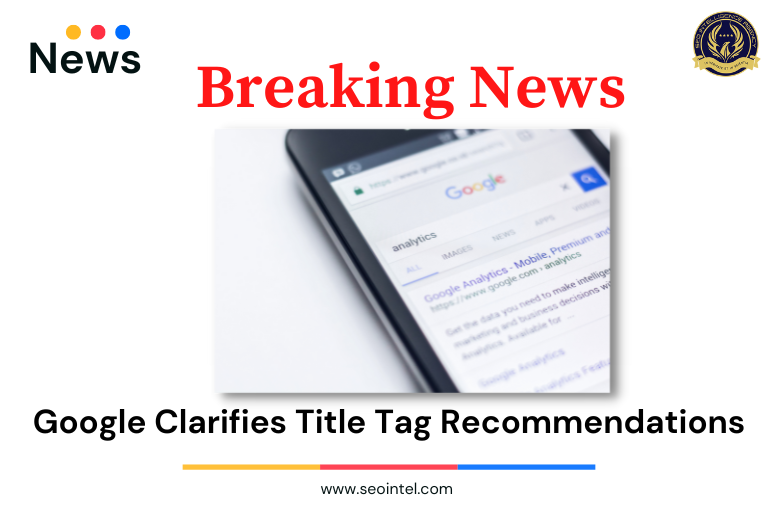
Google updated the Search Central guidelines for controlling how title tags appear in search results. The update did not change the guidance itself, but it made it much clearer and removed several ambiguities in the wording that made it difficult to understand.
From the original version of the document “Make it clear which headline is the main headline for the page.” to “Make it clear which text is the main title for the page.” Another update from the document is, “…and it can be confusing if multiple headings carry the same visual weight and prominence.” from “…and it can be confusing if multiple headlines carry the same visual weight and prominence.”
Also, the original version of the third updated sentence “Consider ensuring that your main headline is distinctive from other text on a page and stands out as being the most prominent on the page (for example, using a larger font, putting the headline in the first visible element on the page, etc).” to “Consider ensuring that your main title is distinctive from other text on a page and stands out as being the most prominent on the page (for example, using a larger font, putting the title text in the first visible element on the page, etc).”
Title tags are meta elements that describe what a web page is about. They are also ranking considerations.
As a result, many publishers use the title tag to specify which keywords they want the page to be relevant for since Google displays title tags in search results pages (SERPs), using keyword phrases in title tags is even more important.
For years, Google rewrote title tags if its algorithms found more descriptive text than the publisher provided.
The title tag rewrite feature in search results increased dramatically in the summer of 2021, causing consternation in the publisher and search marketing communities. Many people reported a drop in search traffic as a result of Google rewriting their title tags.